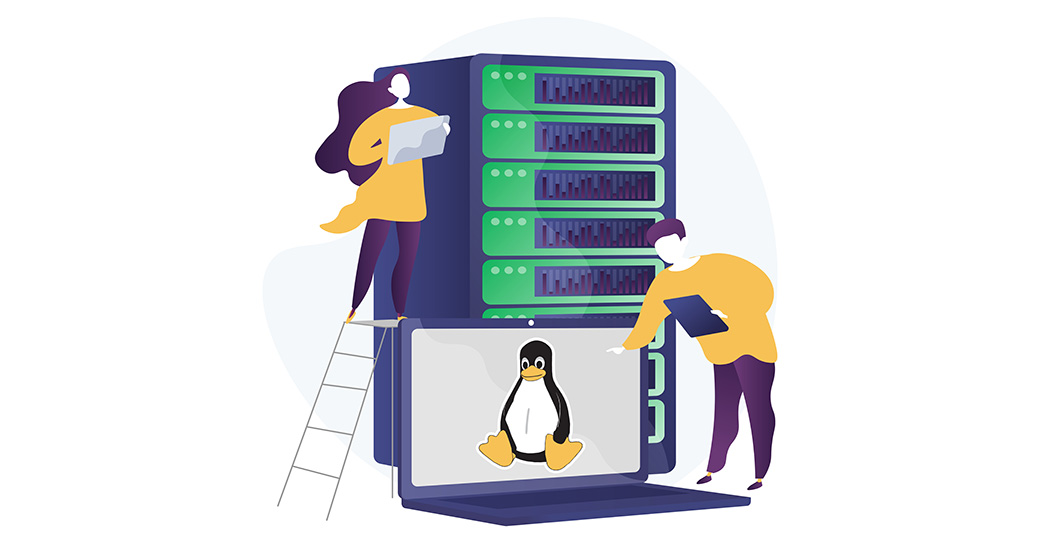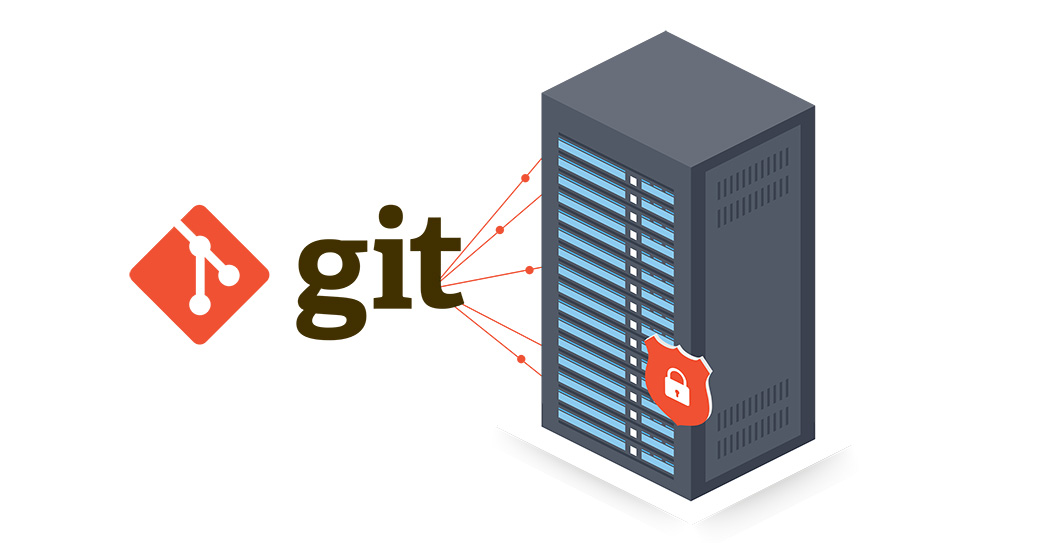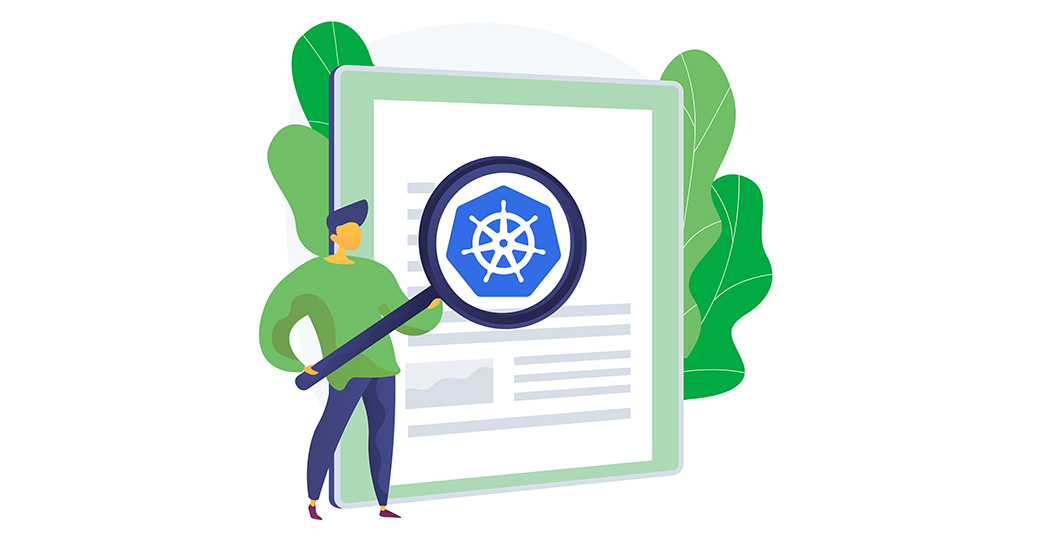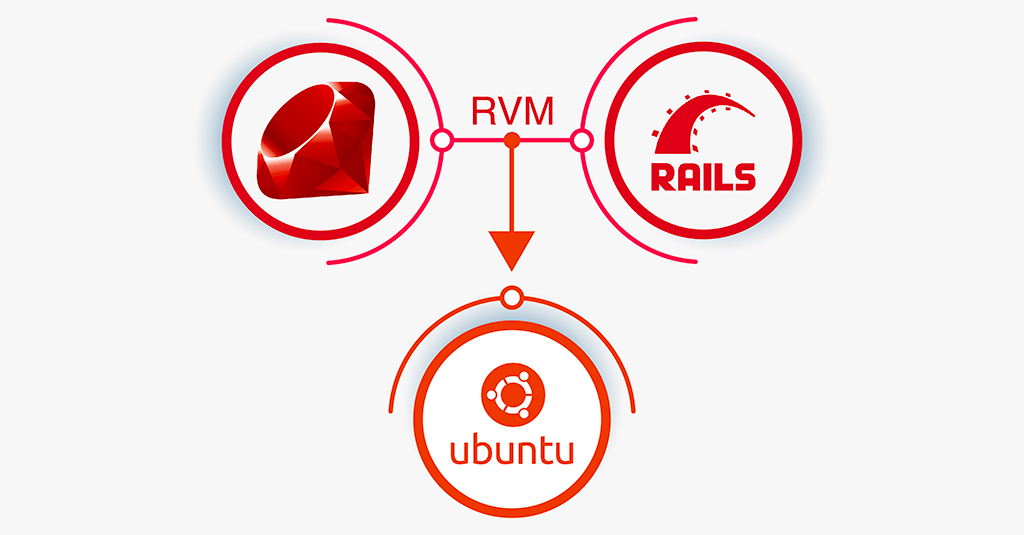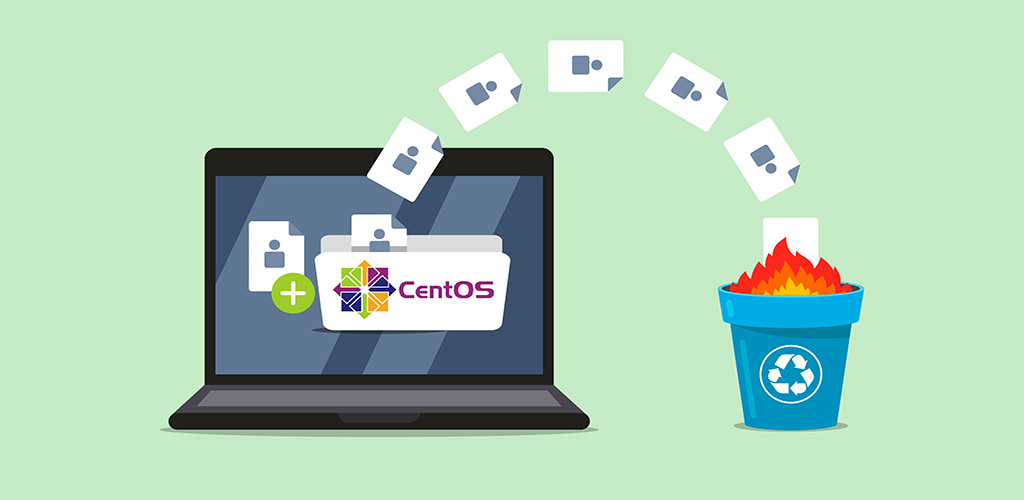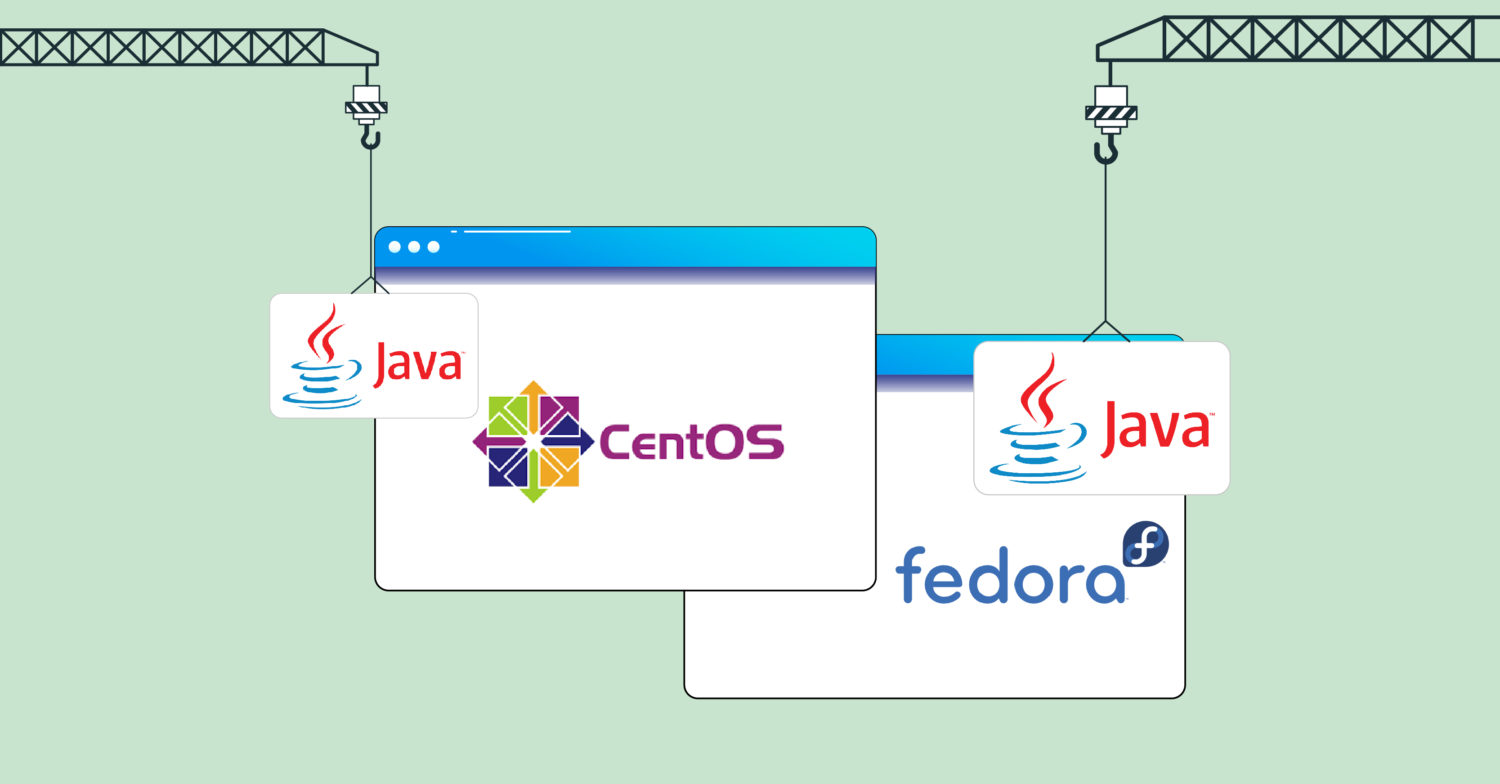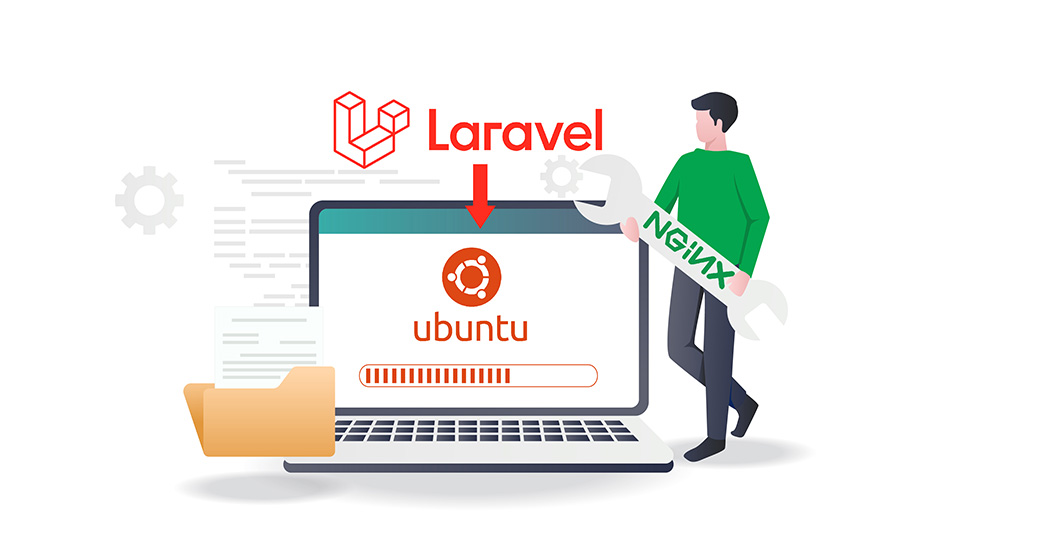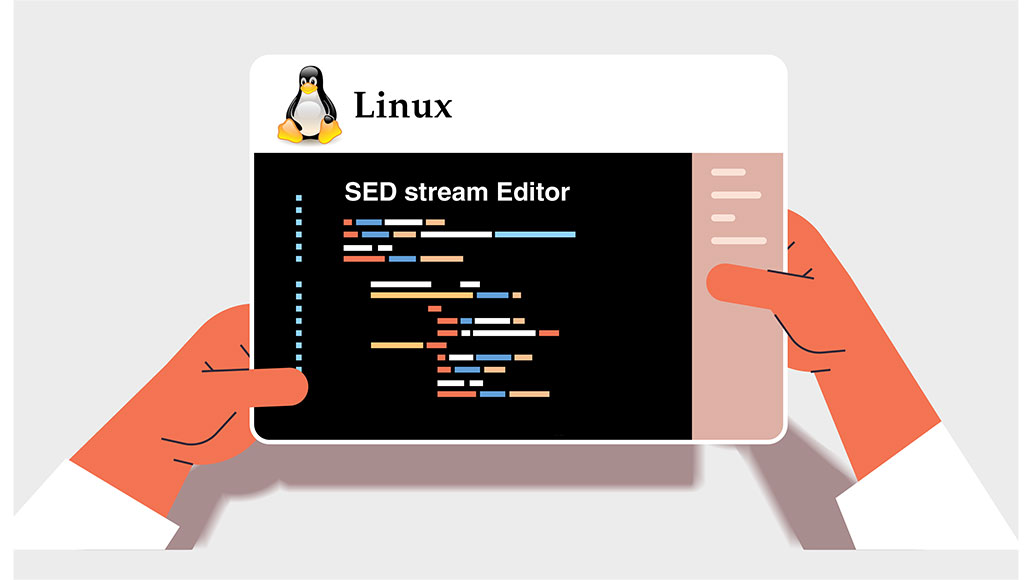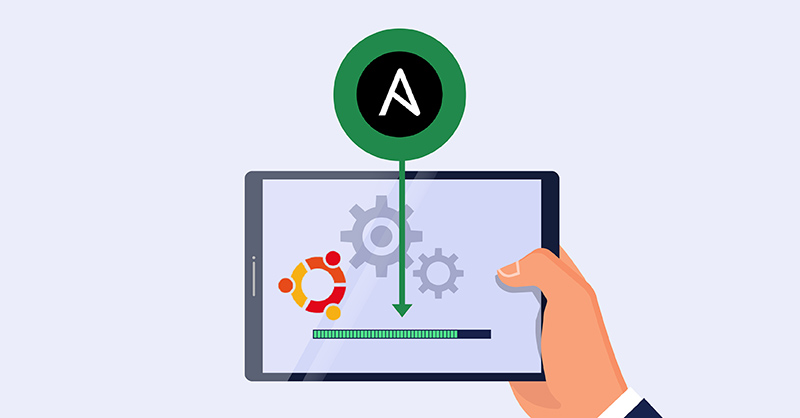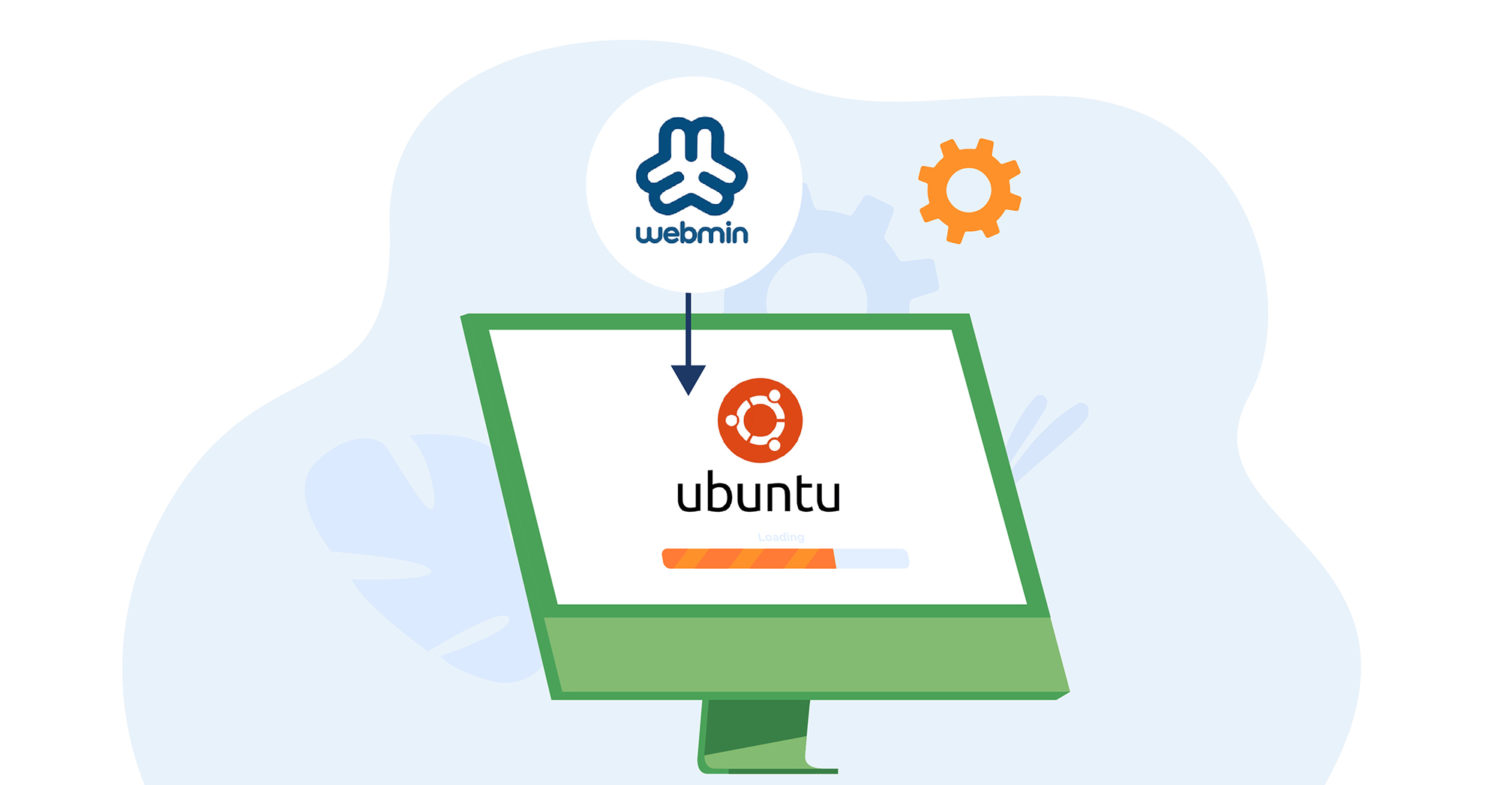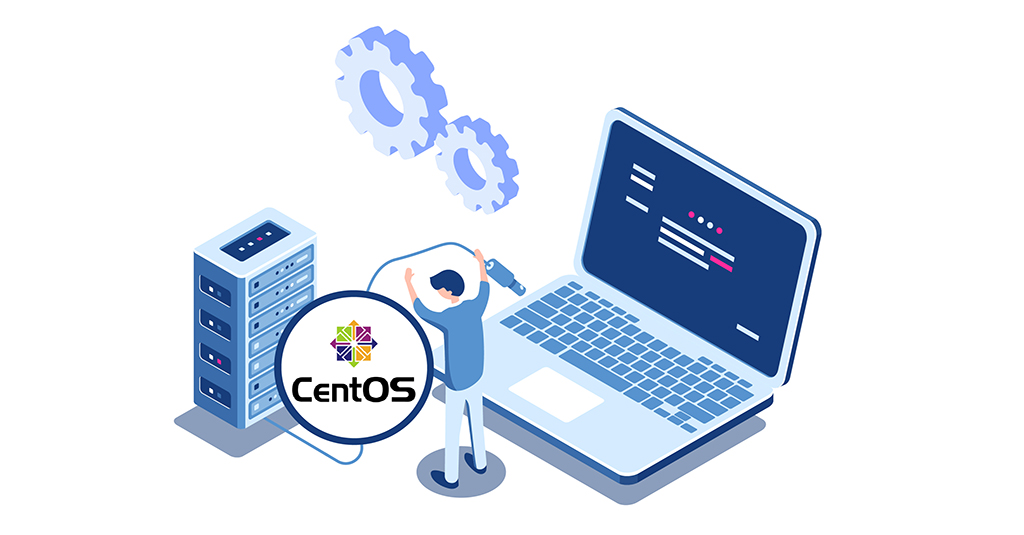Introduction There are many situations where you may need a new disk on your Linux system. For the most part, creating a new disk is a straightforward process. However, things can become complicated if you are trying to tinker with partitioning schemes and filesystem formats. To help simplify the process, this tutorial will give you a step by step outline …
How to Configure Automatic Deployment with Git with a VPS
Git is the most popular version control system in the field of software development. It’s open-source and actively maintained since 2005 by Linus Torvalds, the famous creator of Linux. Today, a staggering number of software projects (including commercial ones) use Git for version management. Git follows a distributed architecture, making it a perfect example of a DVCS (Distributed Version Control …
How To Troubleshoot and Inspect Kubernetes Networking
Kubernetes is an open-source tool that is crucial in container orchestration. Kubernetes helps in orchestrating and managing clusters at scale across various cloud environments or even on-premise servers. A cluster is a set of hosts meant for running containerized applications and services. A cluster needs a minimum of two nodes to work – one master node and a worker node. …
Building and Installing Go Programs
Go is a statically typed programming language. Originally designed by Google, Go shares similarities with C in terms of syntaxes. However, in functionality, Go comes with additional features like memory safety, garbage collection, structural typing, etc. Over the past few years, Go has been gaining incredible popularity. This guide will go over the steps of building and installing Go programs …
Installing Ruby on Rails with RVM on Ubuntu 20.04
Ruby on Rails is one of the most popular web app frameworks. It’s open-source software designed for developers to create successful projects while writing fewer codes. Having a fun and enjoyable development experience is one of the fundamental principles that make Ruby on Rails an attractive choice. The RVM (Ruby Version Manager) tool, as the name suggests, is a third-party …
Adding and Deleting Users on CentOS 8: How To Guide
Linux is a multi-user operating system. Having proper knowledge of user management is crucial to proper system administration. If you are configuring a fresh Linux server, adding and deleting various users is usually one of the first things you have to do. This guide outlines the steps of adding and deleting users on CentOS 8. Prerequisites Creating and deleting users …
Installing Java on CentOS and Fedora
In the world of programming, Java has been one of the top programming languages. Java is a high-level programming language that follows the concept of object-oriented programming systems. It’s also a platform-independent language that generates cross-platform applications. Java is everywhere – banking and transactions, web frameworks, games (Minecraft), and even mobile operating systems (Android). In this guide, we will walk …
Installing and Configuring Laravel with Nginx on Ubuntu 20.04
Introduction Laravel is a web application framework that comes with a set of built-in tools and resources to develop modern PHP applications. It’s well-known for its reliability, performance, efficiency, modularity, and security. Because of its various built-in features, Laravel has seen incredible growth in its popularity. Many developers are adopting Laravel to streamline the web development process. This guide will …
An Overview of the Sed Stream Editor to Manipulate Text in Linux
The command sed is an abbreviation for stream editor. It’s a widely popular tool on Linux/UNIX systems. Sed isn’t a text editor by itself. However, it can perform various modifications to manipulate a given text. The text input is sent as a stream. Sed then performs the instructed actions on the stream. This guide gives an overview of the sed …
Installing and Configuring Ansible on Ubuntu 20.04
If you are a system administrator, it’s important that you have a consistent way of managing all of the servers and computers you are using. Configuration management systems can streamline the process to a great degree. They manage all the systems efficiently from a central location. On Linux, there are multiple configuration management systems available. For example, Puppet, Chef, Ansible, …
How to Install Webmin on Ubuntu 18.04
For system administrators, Webmin is a boon. It’s a web-based control panel that allows managing a Linux machine remotely, using a modern web-based interface. Webmin can change various system configurations on the fly, including web servers and databases. It can also manage users, groups, and software packages. In this guide, we will walk you through the steps of installing and …
Performing Server Setup Using CentOS 8
Introduction In this guide, we are going to explore how exactly you can go about setting up your server when using CentOS 8. There is a configuration process that you have to follow. We will divide the configuration up into five individual steps. You will be able to perform server setup easily following these simple steps. Doing so will strengthen …


